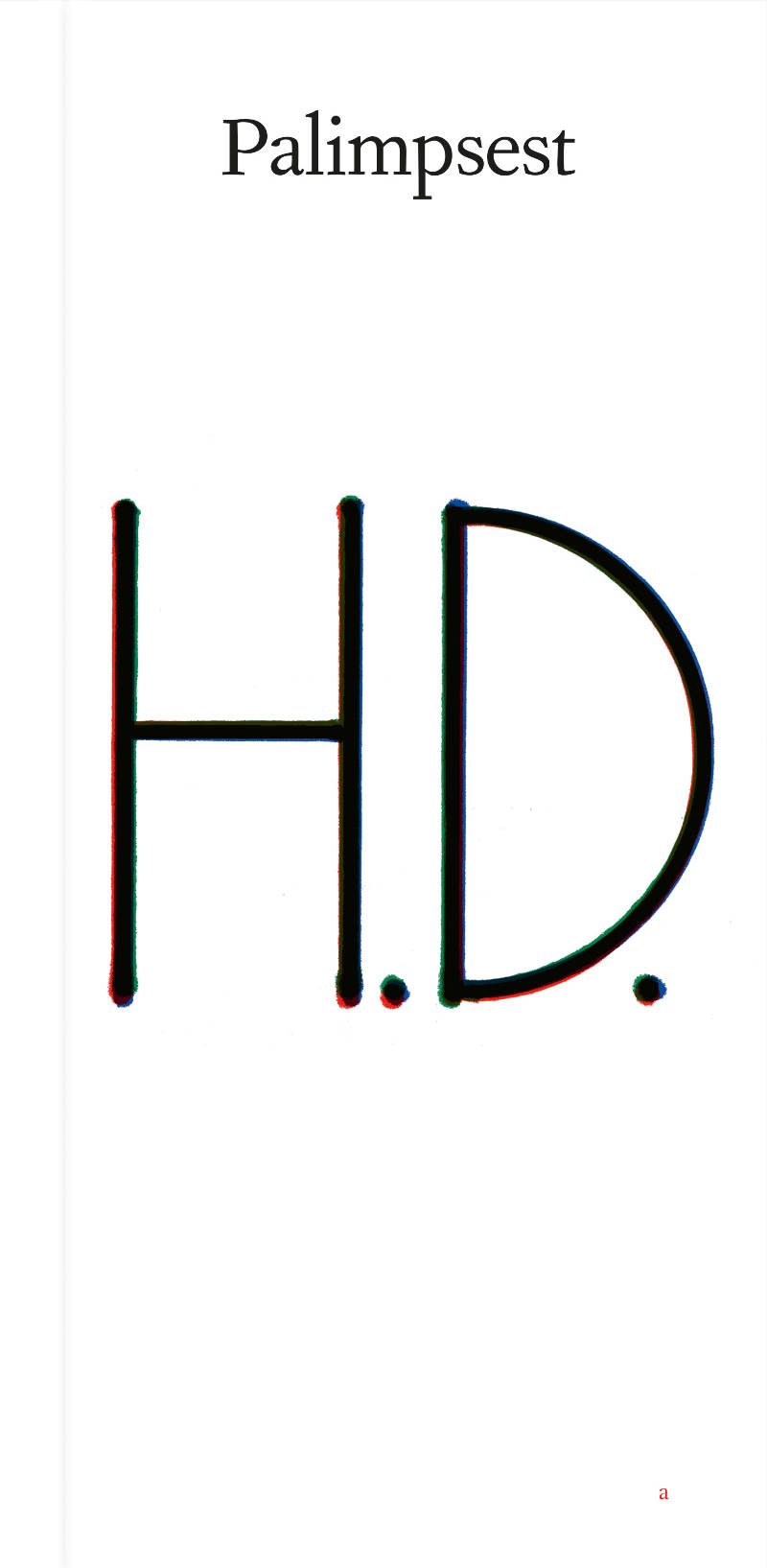
J’ai quitté Paris
J’ai quitté Paris juxtapose des écritures de natures différentes, les unes imageant les autres, parfois lune, regard, tête en l’air, parfois paysage défilant, envolée filante. L’ouvrage s’articule autour de trois textes. Des extraits des Indes Galantes de Jean-Philippe Rameau (1735) ouvrent chaque cahier de texte. Des poèmes de Julien Creuzet composent le corps de texte principal. Ce dernier est accompagné de notes, montages de descriptions paysagères extraites de la collection Toutes nos colonies (1931). Ces extraits ont tous été placés à leur pagination initiale, forçant la rencontre des géographies décrites dans ces ouvrages. Ces ensembles de texte sont séparés par des cahiers d’images, où les photographies de Julien Creuzet se superposent à des détails de l’iconographie de Toutes nos colonies.
J’ai quitté Paris a été conçu lors de l’année de résidence de Julien Creuzet au centre d’art La Galerie à Noisy-le-Sec en 2014. Résidence pensée comme un opéra, qu’il appellera Opéra-Archipel.
Publié avec le soutien de La Galerie, Noisy le Sec, du FRAC Normandie Caen et de la Galerie Dohyang Lee, Paris, France
À lire :
Amadou Elimane Kane à propos de J'ai quitté Paris
Language: French







